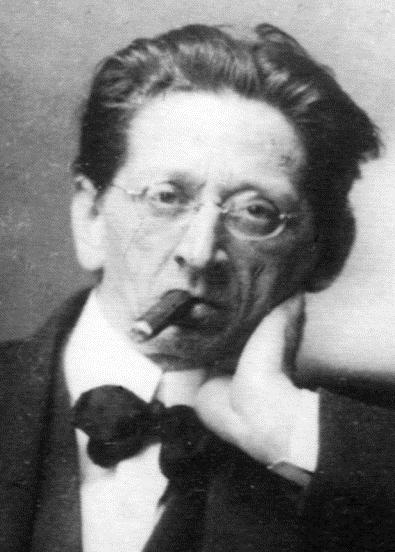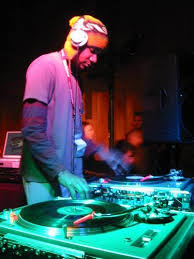Thomas Hampson & Mozart's Prague Symphony
@
Avery Fischer Hall in Lincoln Center
November 10, 2008
Neeme Järvi - conductor
Thomas Hampson - Baritone
Hillevi Martinpelto - Soprano
the program follows with notes...........
LUDWIG van BEETHOVEN (1770 - 1827)
Overture to Die Geschöpfe des Prometheus (The Creatures of Prometheus), Op. 43

Beethoven endured an unsteady relationship with the stage. His career was littered with fervent expressions of desire and even a few fragmentary attempts to compose an opera worthy of his genius, but in the end he managed to complete only one full-fledged opera. As if to underscore his unease with the genre, Beethoven actually “completed” the work twice (under the title Leonore) before it reached the final state in which it is usually performed today (under the title Fidelio).
But there was more to the stage than opera, and in other theatrical realms Beethoven scored better success. He wrote incidental music — ranging from a single number to complete multi-movement collections — for a half-dozen stage plays: Egmont, Coriolan, König Stephan, Die Ruinen von Athen (and its adaptation as Die Weihe des Hauses), Tarpeja, and Leonore Prohaska. In addition, he composed music for two ballets: the Ritterballet (WoO 1) in 1790–91 for a production in his hometown of Bonn, and Die Geschöpfe des Prometheus (The Creatures of Prometheus, Op. 43) a decade later, in 1800–01, for a production in Vienna.
WOLFGANG AMADEUS MOZART (1756-1791)
Symphony No. 38, K. 504, Prague (1786)

While Mozart’s star seemed to be setting in Vienna in 1786, it was rising in Prague. He had become the lion of the Bohemian capital when his opera
The Marriage of Figaro was premiered there in the winter of that year. Its popularity in Prague was legendary. The people went wild for it, and its tunes were on the lips of the public. Mozart happily wrote in a letter from Prague: “…here they talk about nothing but ‘Figaro.’ Nothing is played, sung, or whistled but ‘Figaro.’ No opera is drawing like ‘Figaro.’ Nothing, nothing but ‘Figaro.’” The composer, his wife Constanze, a servant, and his dog (yes, Mozart had a dog) traveled to Prague where he was scheduled to conduct. They were treated like royalty, by royalty, as the palace guests of Mozart’s patron, Count Franz von Thun. At the first of two performances led by Mozart, on January 19, 1787 he premiered the present symphony—a work he had brought from Vienna, and which would from then on be known by the nickname “Prague.” Lacking a minuet, the “Prague” symphony has only three movements, and the feeling throughout this impressive work is one of dramatic tension and forward momentum. In terms of structure it is unusual, because it begins with a slow introduction—a practice reminiscent of many Haydn symphonies. The ensuing Allegro is a sophisticated piece of contrapuntal writing (so intricate, in fact, that Mozart worked out its complexities in preliminary sketches—something he rarely had to do) Standing at the midpoint of the work is the profound and lyrical Andante, in which Mozart keeps trumpets and drums silent. The sparkling Presto finale was and is a delight to hear: by quoting a theme from the opera Mozart was tipping his hat to his fanatical
Figaro-crazed audiences in Prague.
ALEXANDER VON ZEMLINSKY (1871-1942)
A Lyric Symphony (1922)

The form of Alexander von Zemlinsky’s best-known and most often performed work,
A Lyric Symphony, owes a debt to Mahler. In 1922 he wrote to a friend, “This summer I’ve written something along the lines of
Das Lied von der Erde.” Like that work, the present work is part symphony, part orchestral song cycle, and its sumptuous orchestrations fall between the late-Romantic tradition of Mahler and the modernism of the Second Viennese School of Arnold Schoenberg, et. al. And, like
Das Lied… the texts are drawn from an Eastern source, the Bengali poet Rabindranath Tagore (1861-1941). In seven remarkable, impassioned poems, soprano and baritone soloists speak of love, from longing to passion fulfilled to farewell and release. Zemlinsky’s music captures Tagore’s opulent language, heavy with symbolism and breathtaking beauty. The structure of the symphony falls roughly into three parts: the first two songs deal with yearning and desire “Ich bin friedlos, ich bin durstig nach fernen Dingen” (“I am restless, I thirst for distant things”) and “O Mutter, der junge Prinz” (“Oh mother, the young prince”). The middle portion of the
A Lyric Symphony sings of love fulfilled: “Du bist die Abendwolke” (“You are the evening cloud”) and “Sprich zu mir, Geliebter” (“Speak to me, Beloved”); and the final section is about separation and leave-taking: “Befrei mich von den Banden deiner Süße, Lieb“ (“Set me free from the bonds of your sweetness, Love”), the heart-breaking “Vollende denn das letzte Lied” (“Finish, then, the last song”); and the finale “Friede, mein Herz“ (“Be at peace, my heart”).
 heyo,
heyo,











